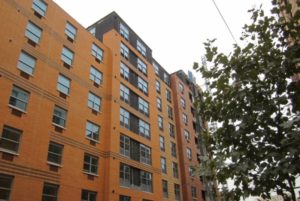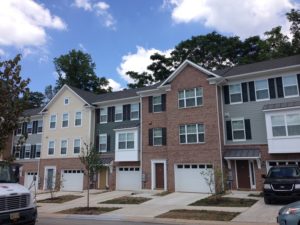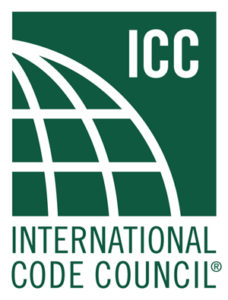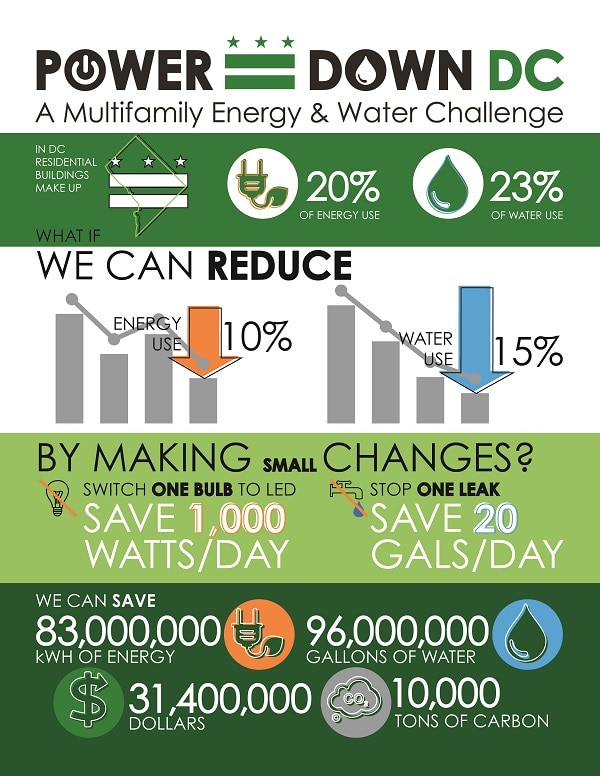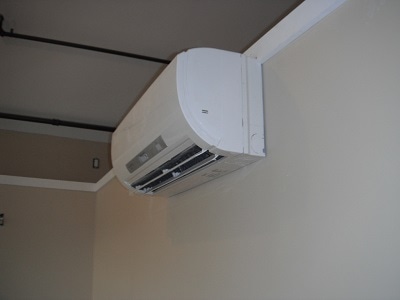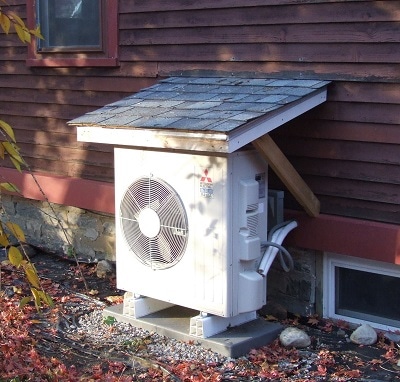- January 20, 2017
- 0 Comments
- In High-Performance Construction
- By Steven Winter Associates
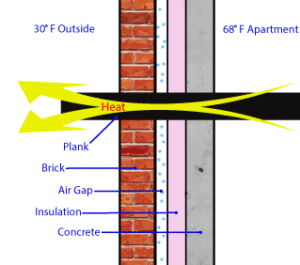 Groggy and sleepy-eyed, I swung my feet out of bed this morning. Still waking up, I began the trek to my coffee pot, but was thrown off track when my bare feet stumbled (literally) upon a freezing patch of floor beside the door to my balcony. Suddenly wide-eyed, I ducked into the bathroom to rub my toes against my fuzzy bath mat. Outside, the city seemed to have surrendered itself to a single shade of gray, and though my feet were warming, I could feel the monochromatic January cold pressing its way through the metal window. I put on my architect’s (hard) hat and thought, “these are textbook examples of thermal bridging.” But aside from a chill or a draft here and there what’s the big deal? Well, let me provide a little insight.
Groggy and sleepy-eyed, I swung my feet out of bed this morning. Still waking up, I began the trek to my coffee pot, but was thrown off track when my bare feet stumbled (literally) upon a freezing patch of floor beside the door to my balcony. Suddenly wide-eyed, I ducked into the bathroom to rub my toes against my fuzzy bath mat. Outside, the city seemed to have surrendered itself to a single shade of gray, and though my feet were warming, I could feel the monochromatic January cold pressing its way through the metal window. I put on my architect’s (hard) hat and thought, “these are textbook examples of thermal bridging.” But aside from a chill or a draft here and there what’s the big deal? Well, let me provide a little insight.
Thermal bridging occurs when heat is lost through a less-insulated or more-conductive portion of a building’s exterior. On a frigid winter day, this means heat is lost where insulation is lacking, such as through a metal window frame or the floor slab in my apartment building. Ultimately, thermal bridging results in a less comfortable home that is more expensive to heat and cool.
Another hidden concern is condensation, which can be a consequence of thermal bridging. When warm air comes into contact with a cold spot on the floor or wall, water vapor in the air cools and collects as droplets on the colder surface. This can result in durability problems, as well as poor indoor air quality.

